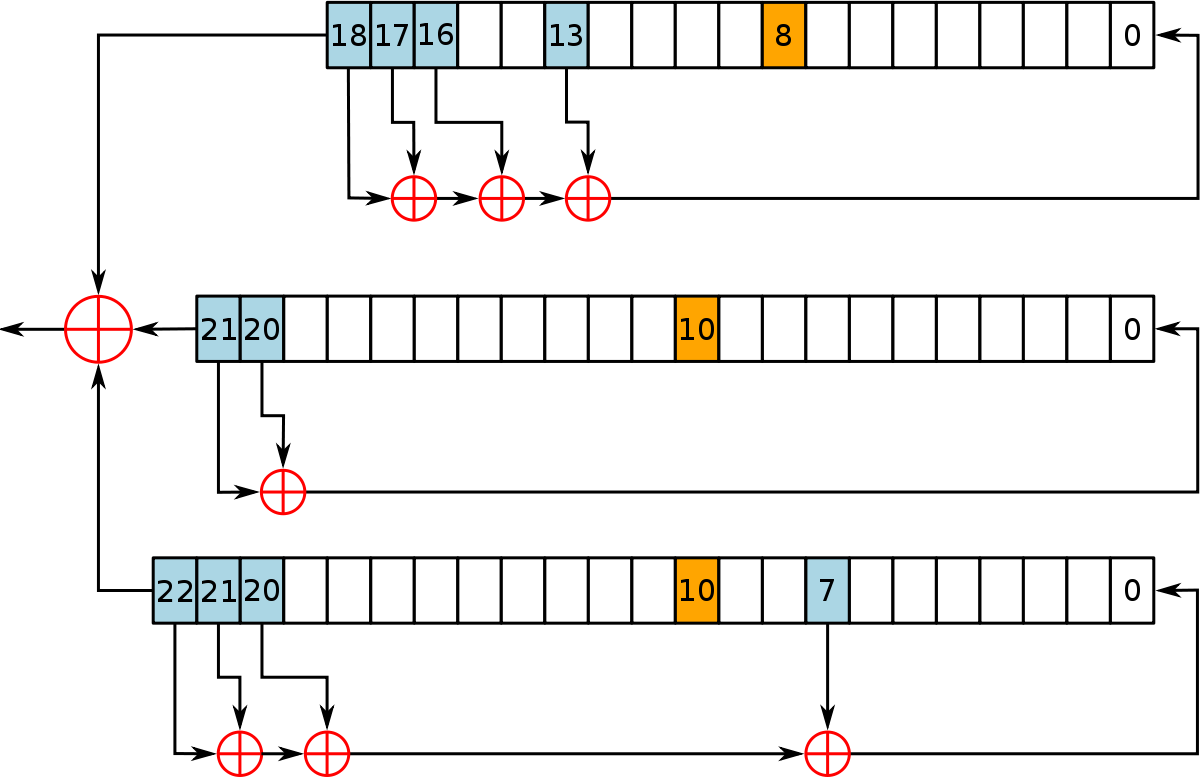Mar 24, 2010 I have been asked to do a DES encryption project in C but pretty new to programming. I've found the following code in C but am not sure how to do the equivalent of classes in C. I dont know the syntax of how to move from one section of code to the next. Jun 10, 2016 The simplified DES (S-DES) is a modified version of the data encryption standard DES algorithm. Another modified version of the DES algorithm is famously known as Triple DES. The key generator method creates 16 48-bit keys. Note: This implementation of simplified data encryption standard in C programming.
- Cryptography Tutorial
- Cryptography Useful Resources
Nov 19, 2017 from pydes import des key = 'secretk' text= 'Hello wo' d = des ciphered = d.encrypt(key,text) plain = d.decrypt(key,ciphered) print 'Ciphered:%r'% ciphered print 'Deciphered: ', plain Note: In this exemple no padding is specified so you have to provide a text which is multiple of 8 bytes. The key is cut to 8 bytes if longer. To use padding. Oct 04, 2018 DES Data Encryption Standard Block diagram and working principle of DES in cryptography in Hindi - Duration: 12:18. Helping Tutorials Darshan 57,482 views 12:18. Key generation in Simplified DES. DES means Data Encryption Standard. This c program will generate secure password - encryption key for simplified DES cryptographic algorithm. Keygen is a function to generate private and public keys. Here ekey is Public key and dkey the private key. Both are passed by reference. Then phival is the Euler totient function (ie., phi(x)). (This was calculated sometime earlier, not shown). I got all these information from wikipedia. End Update 2 Update 3 Code for finding gcd. Learn about Data Encryption Standard (DES) Algorithm with its program implementation in C. Data Encryption Standard is a symmetric-key algorithm for the encrypting the data. It comes under block cipher algorithm which follows Feistel structure. Here is the block diagram of Data Encryption Standard.
- Selected Reading
The Data Encryption Standard (DES) is a symmetric-key block cipher published by the National Institute of Standards and Technology (NIST).
DES is an implementation of a Feistel Cipher. It uses 16 round Feistel structure. The block size is 64-bit. Though, key length is 64-bit, DES has an effective key length of 56 bits, since 8 of the 64 bits of the key are not used by the encryption algorithm (function as check bits only). General Structure of DES is depicted in the following illustration −
Since DES is based on the Feistel Cipher, all that is required to specify DES is −

- Round function
- Key schedule
- Any additional processing − Initial and final permutation
Initial and Final Permutation
The initial and final permutations are straight Permutation boxes (P-boxes) that are inverses of each other. They have no cryptography significance in DES. The initial and final permutations are shown as follows −
Round Function
The heart of this cipher is the DES function, f. The DES function applies a 48-bit key to the rightmost 32 bits to produce a 32-bit output.
Expansion Permutation Box − Since right input is 32-bit and round key is a 48-bit, we first need to expand right input to 48 bits. Permutation logic is graphically depicted in the following illustration −
The graphically depicted permutation logic is generally described as table in DES specification illustrated as shown −
XOR (Whitener). − After the expansion permutation, DES does XOR operation on the expanded right section and the round key. The round key is used only in this operation.
Substitution Boxes. − The S-boxes carry out the real mixing (confusion). DES uses 8 S-boxes, each with a 6-bit input and a 4-bit output. Refer the following illustration −
The S-box rule is illustrated below −
S-des Key Generation Code In C
There are a total of eight S-box tables. The output of all eight s-boxes is then combined in to 32 bit section.
Straight Permutation − The 32 bit output of S-boxes is then subjected to the straight permutation with rule shown in the following illustration:
Key Generation
The round-key generator creates sixteen 48-bit keys out of a 56-bit cipher key. The process of key generation is depicted in the following illustration −
The logic for Parity drop, shifting, and Compression P-box is given in the DES description.
DES Analysis
The DES satisfies both the desired properties of block cipher. These two properties make cipher very strong.
Avalanche effect − A small change in plaintext results in the very great change in the ciphertext.
Completeness − Each bit of ciphertext depends on many bits of plaintext.
During the last few years, cryptanalysis have found some weaknesses in DES when key selected are weak keys. These keys shall be avoided.
Des Key Generation Code In C R
DES has proved to be a very well designed block cipher. There have been no significant cryptanalytic attacks on DES other than exhaustive key search.
Basic but pure DES implementation in PythonI have written it for fun because nothing else.

How it works ?
Everything is made within a class called 'des'. This class can be instanciated once and used to cipher and decipher multiple datas.It also support padding using the PKCS5 specification. (So the data is padding even if it is multiple of 8 to be sure that the last byte il be padding data).The generation of all the keys used is made in the method generatekeys and substitute apply the SBOX permutation.The main method is run which is called by both encrypt and decrypt but in a different mode. This method do basically all the stuff, it loopthrought all the blocks and for each do the 16th rounds.
Be careful: This module implement DES in ECB mode, so you can't make it weaker. I didn't made it to be strong but for fun.
How to use it ?

I have not done any interface to take argument in command line so this module can't be used as a script. (feel free to modify it).To use it from python shell or in another module do:
Note: In this exemple no padding is specified so you have to provide a text which is multiple of 8 bytes. The key is cut to 8 bytes if longer.
To use padding: